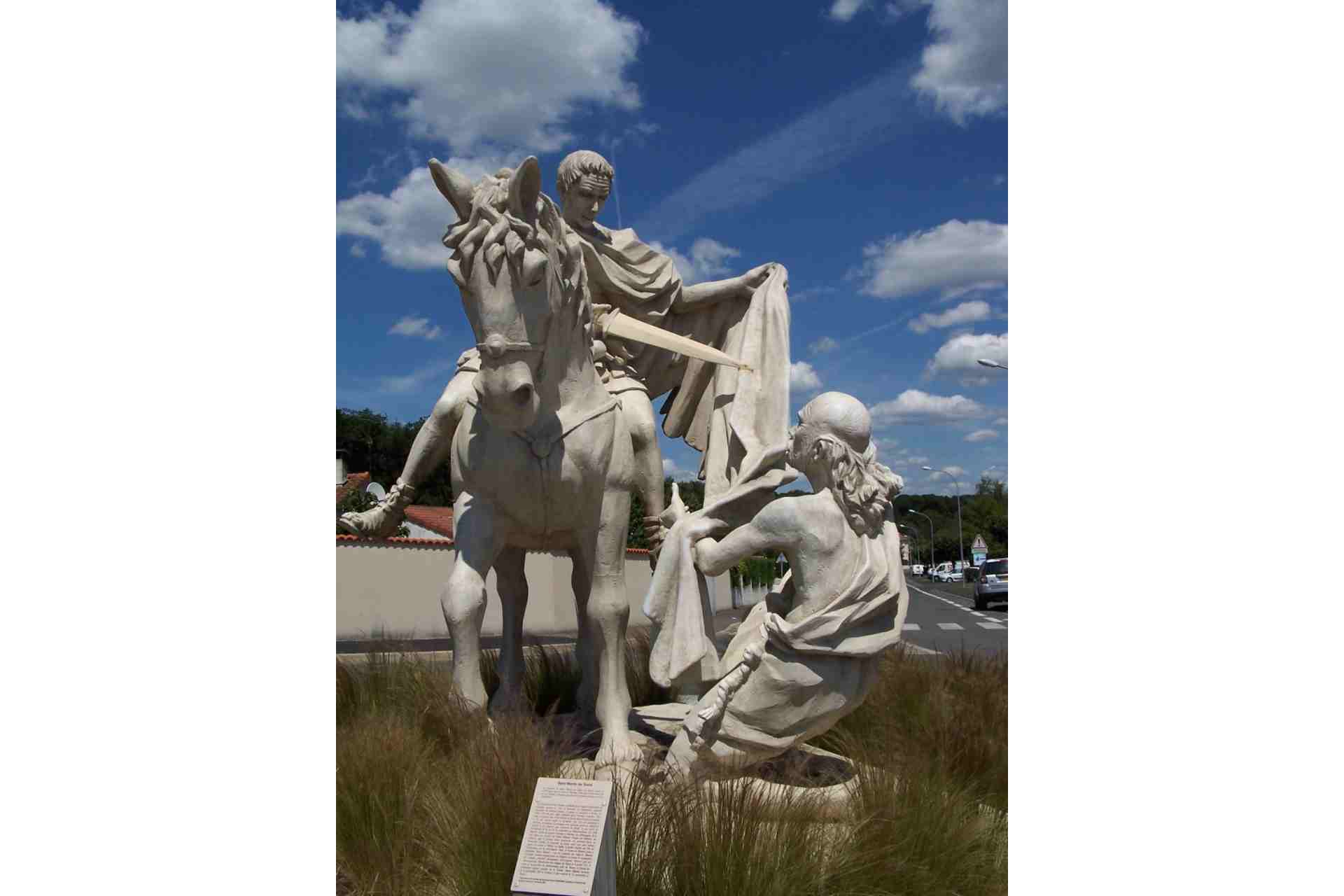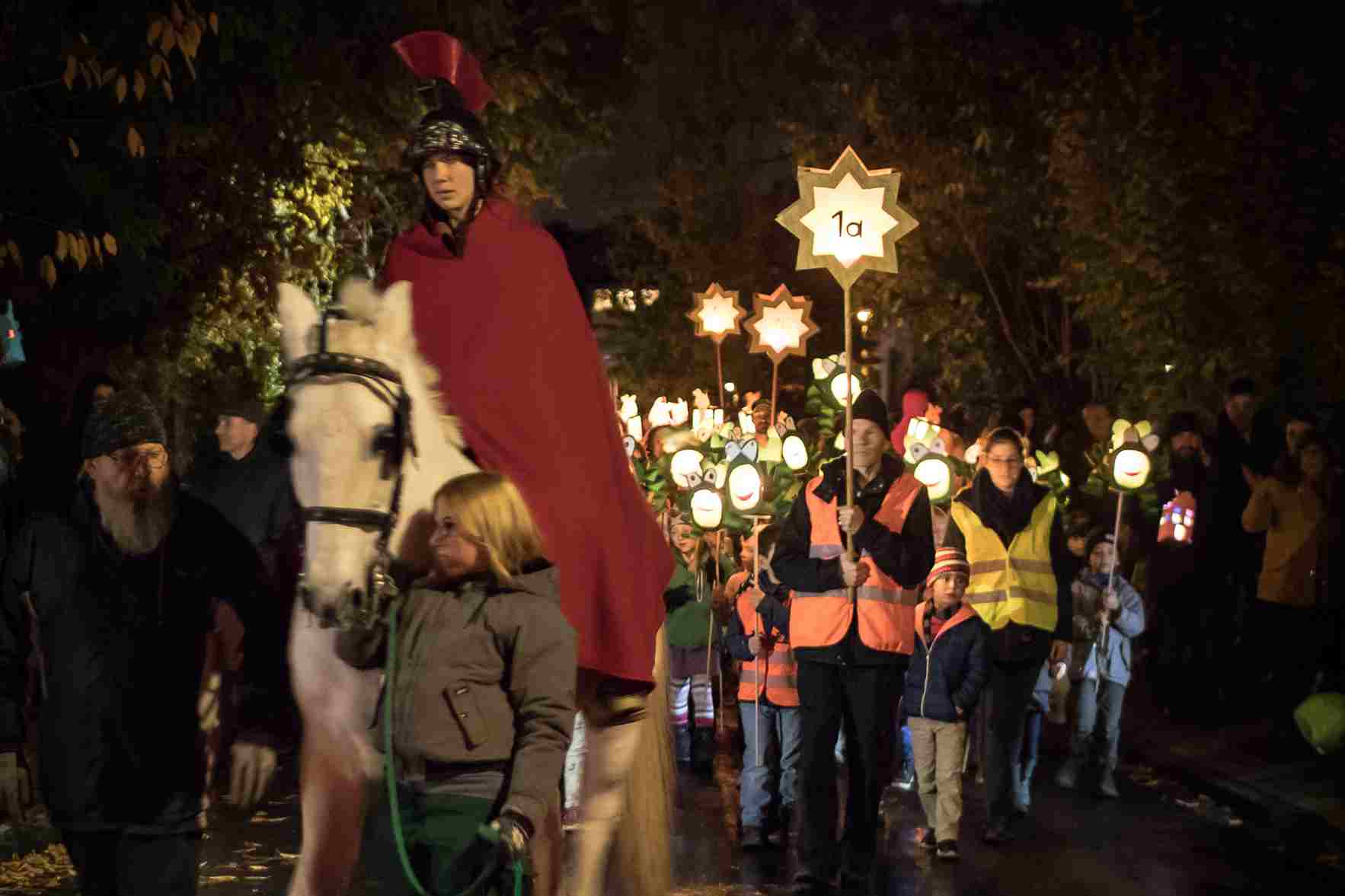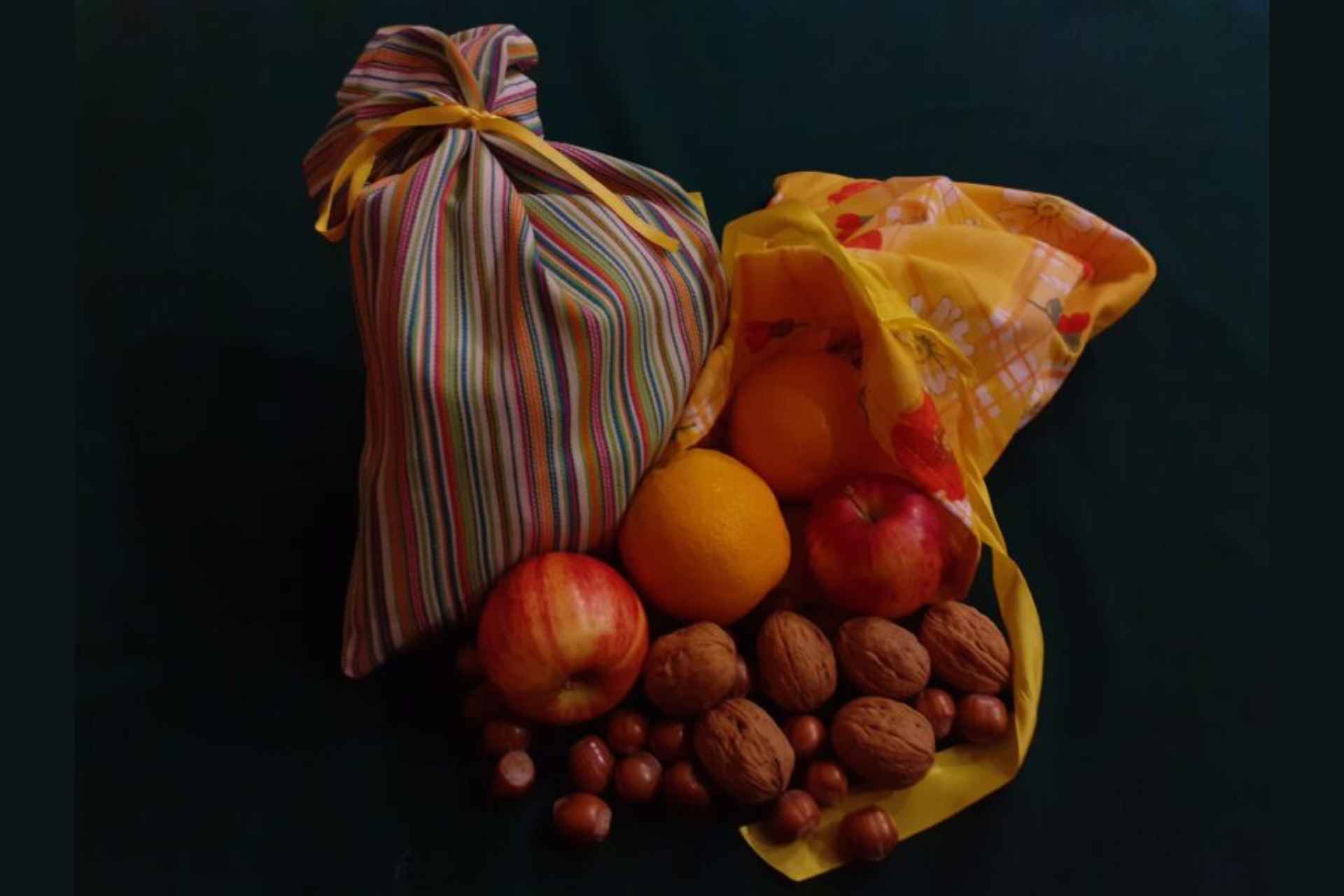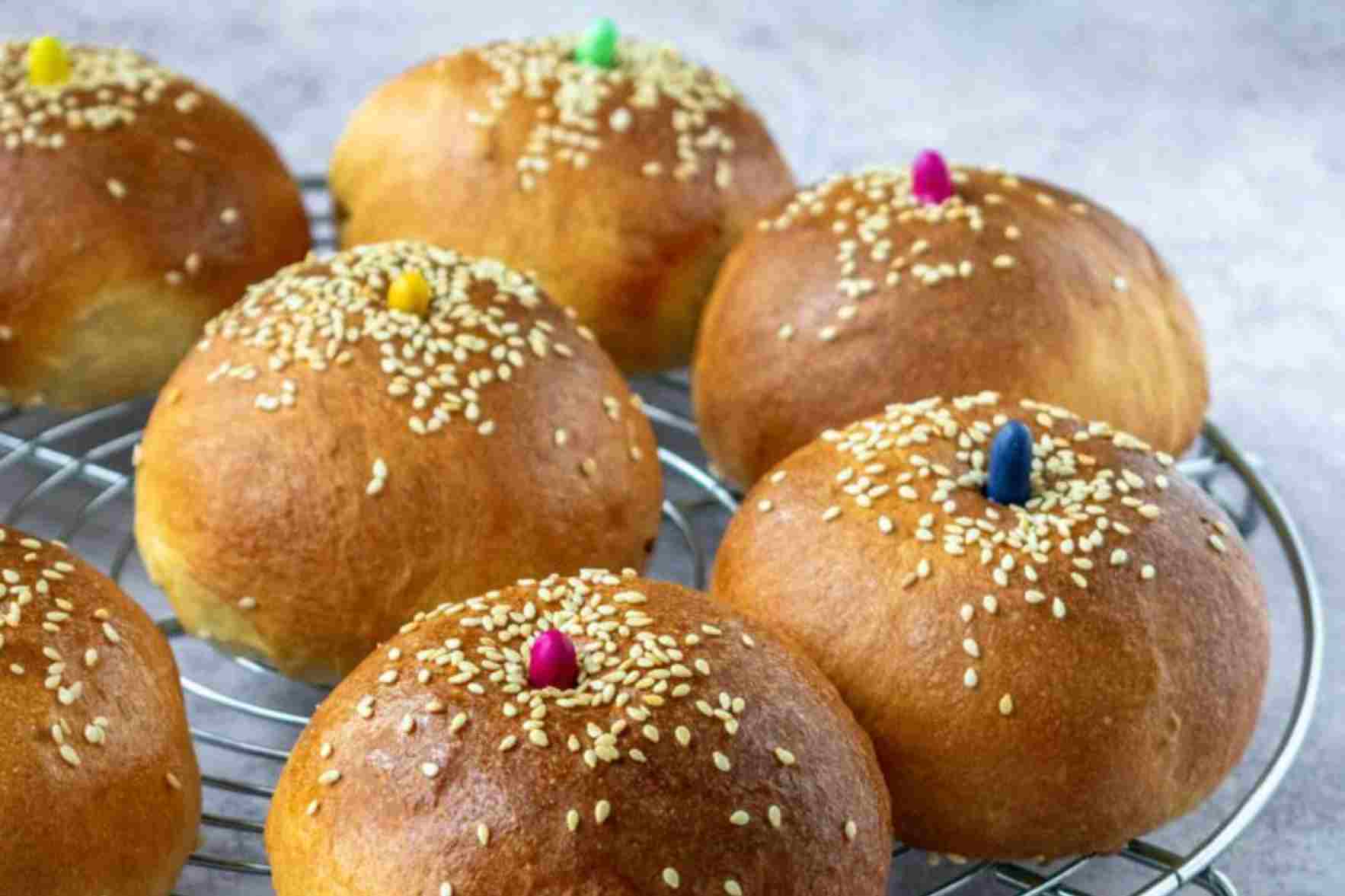Celebrating Il-Festa Ta' San Martin In Malta
by Karl Azzopardi

Do you smell that sweet scent of aniseed and roasted nuts? November is here and Il-Festa ta' San Martin (The Feast of Saint Martin) is here beckoning the beginning of the winter season after a long dry summer!
Il-Festa ta' San Martin in Malta is one of our country's oldest and most beloved traditions marked by great feasts of food and drinks in preparation for the 40-day-long Advent period of penitence before Christmas. Here we'll delve a little deeper into the history behind this feast, give you a taste of the traditions of San Martin in Malta and finish everything off with a recipe for a special sweet San Martin treat at the end!
The Story Behind Il-Festa Ta' San Martin
Il-Festa ta' San Martin is dedicated to Saint Martin de Tours who was born in the 4th century in central Europe which was part of the Roman Empire during his time. He was originally from Pannonia (what we know as Hungary today), however, he spent most of his life in France (then known as Gaul), as he was forced into joining the Roman cavalry there from a very young age. Despite being a Roman soldier, San Martin lived his life as a Christian catechumen, sharing his luxuries with the ill, hungry and poor. He is mostly known for the story of the beggar which has inspired most of the iconography we have of San Martin today.

It was a cold winter day and during one of his patrols, San Martin came across a shivering beggar covered in tattered clothes. Without a second thought, San Martin drew his sword, split his cloak in half and gave a piece to the beggar. That night he had a vision of Jesus Christ dressed in half a cloak which marked the start of San Martin's journey within the clergy. He first served as a friar and priest but his heart of gold touched the souls of many and he quickly became the Bishop of Tours.
After his passing at the end of the century, San Martin became a symbol of generosity, kindness and mercifulness that spread throughout Europe as did Christianity. The church dedicated the 11th of November as Saint Martin's Day, also known as Martinmas, and it is celebrated in many countries across the globe to this day. It is also believed that this day has roots in a pagan festival that marked the end of the harvest and the beginning of winter. In the Christian tradition, it marks the start of the fasting Advent period before Christmas which explains why many countries celebrated (some still do) the eve of Saint Martin's Day with bountiful banquets of food and drink.

San Martin In Malta
San Martin in Malta is celebrated in several villages across the island, most notably in Bahrija where San Martin serves as the patron saint. An annual fair is held in front of Il-Kapella ta' San Martin (Saint Martin's Chapel) packed with entertainment for all the family including live music, pony rides, rabbit shows and, of course, food stalls. Among the food items for sale, you will find nuts and figs which beckon the centuries-old rhyme associated with San Martin in Malta — "Gewz, lewz, qastan, tin / Kemm inhobbu 'l San Martin!" ("Walnuts, almonds, chestnuts, figs / Oh how I love Saint Martin!").
Nuts and figs are a recurring theme in many other San Martin traditions in Malta including the walnut game called 'Kastelli' (Castles) which though not as popular nowadays, holds a special place in the childhood of older generations. Children would make small castles out of hazelnuts and use a walnut to knock as many as they could. Whenever someone managed to knock down someone else's castles, they would win the hazelnuts for themselves and take them home to roast and celebrate their victory.

But the nuts they used for these games wouldn't just come out of thin air. They were gifted to the children by their parents on the morning of San Martin in a colourful bag famously known among locals as Il-Borza ta' San Martin (Saint Martin's Bag). Children would hang the empty bag on their bed on the eve of San Martin and wake up to a bag full of nuts, figs, fruits and even some sweets! Traditionally, this bounty consisted of walnuts, hazelnuts, almonds, chestnuts, figs, an apple, a tangerine, a pomegranate, an orange and the beloved Hobza ta' San Martin (Saint Martin's Bread).
Many households still bake this sweet treat for San Martin alongside it-Torta ta' San Martin — a tart packed with all the nutty and fruity goodness found in the Borza ta' San Martin. This tart is considered to be a modernised version of the fig box. During August, when figs are at their best, families would pack a wooden or tin box with sun-dried figs, chopped roasted nuts, bay leaves, fennel seeds and anisette. They would then store it in a dry room to enjoy during the winter together with some wine!
Making The Hobza Ta' San Martin
It wouldn't be fair to talk about all this yummy San Martin goodness without showing you how you can make some of it at home for yourself. So, here is a quick easy recipe for our beloved Hobza Ta' San Martin!

Ingredients
- 400g bread flour
- 1 sachet of instant yeast
- 75g margarine (room temperature)
- 75g sugar
- 1tsp vanilla essence
- 1tsp aniseed
- 250ml milk (room temperature)
- Liquorice
- Sesame seeds
Method
1. Start by activating the yeast by placing the milk, sachet of yeast and 15g of sugar in a small bowl and letting it set for 15 minutes.
2. In a separate bowl, sift the flour and mix in the margarine until you get a crumbly dough texture.
3. Add the yeast mixture, aniseed, vanilla essence and the rest of the sugar to the dough and knead it for 10 to 15 minutes until the dough is elastic.
4. Cover the dough and leave it to rise for an hour.
5. Preheat your oven to 200°C and line a baking tray with backing paper.
6. Once the dough is almost double in size, knead it for a few minutes again and divide it into 6 or 8 balls depending on how big you would like the buns to be.
7. Place the dough balls on the baking tray at a good distance apart, cover them and let them sit for another 30 minutes.
8. OPTIONAL: For a sweeter treat, you may wish to make a simple syrup by mixing 50g of sugar with 50ml of water and glazing it on top of the dough balls before baking.
9. Uncover the dough balls and place the baking tray in the preheated oven for 15 to 20 minutes until golden brown.
10. Let them sit for at least 10 minutes before decorating them with some sesame seeds and liquorice right in the middle of the bun.
And there you have it — you have some Hobz ta' San Martin to complete your Borza ta' San Martin!



